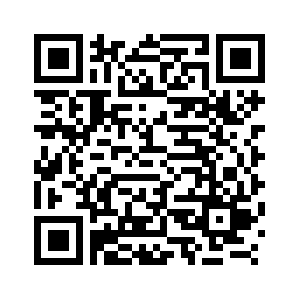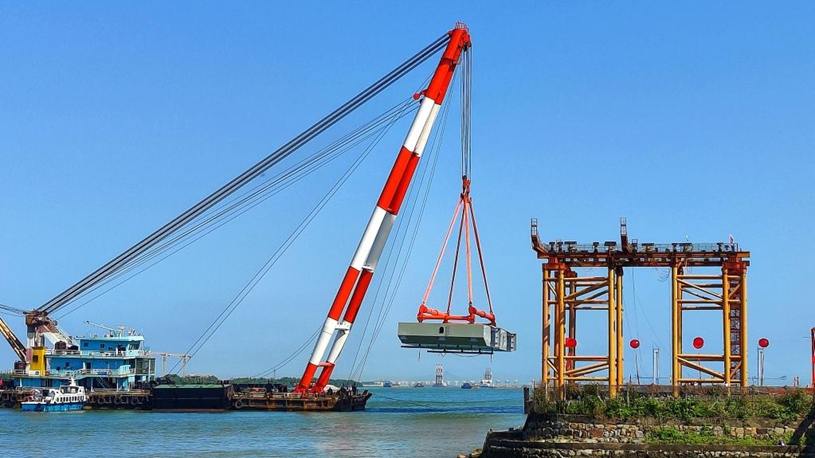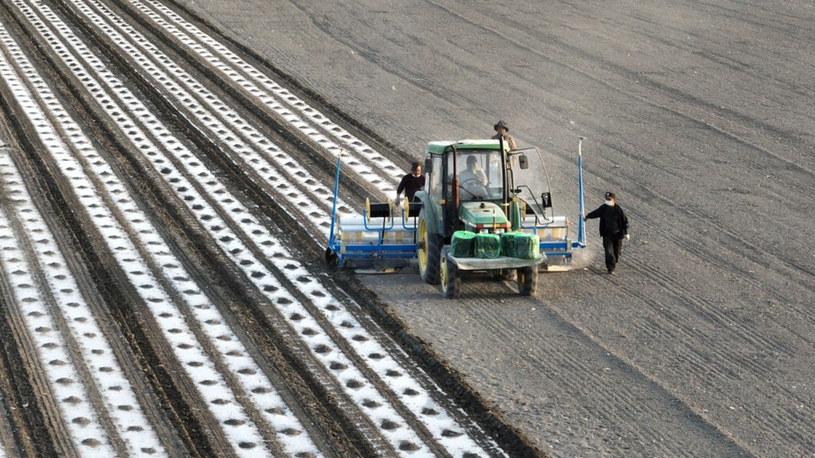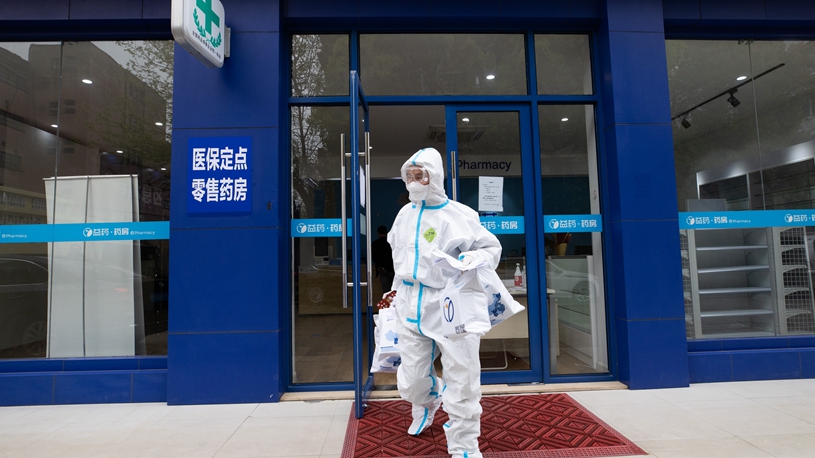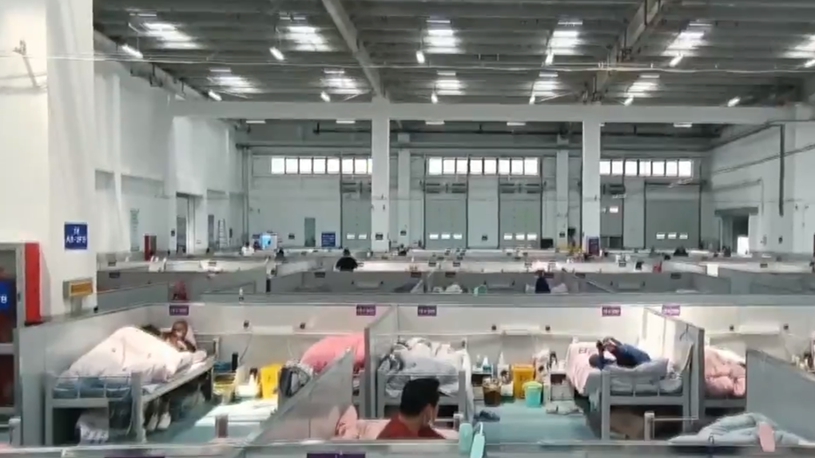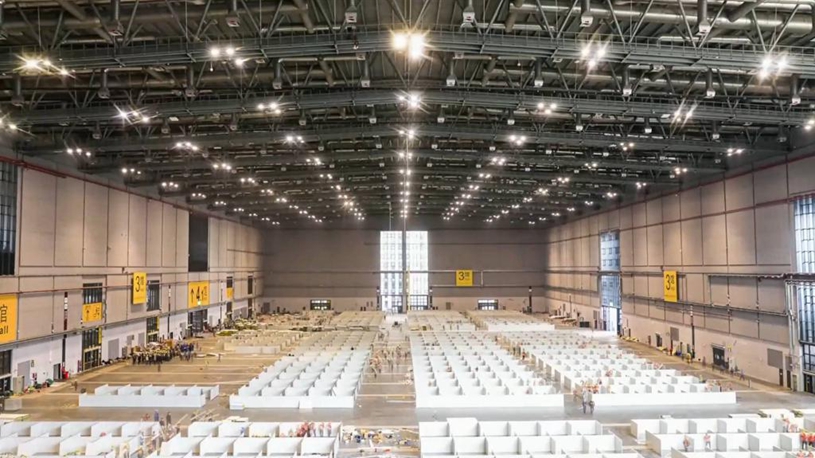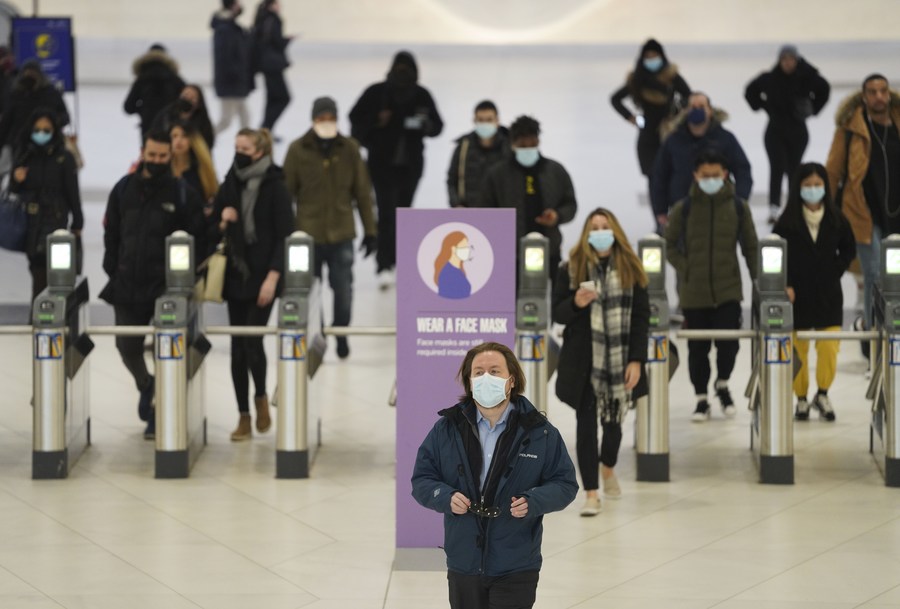
Passengers walk through the ticket barrier at the Oculus of the World Trade Center in New York, the United States, March 29, 2022. (Xinhua/Wang Ying)
People are increasingly relying on at-home rapid tests if they decide to test at all. But those results are rarely reported, giving public health officials little insight into how widespread the virus truly is.
NEW YORK, April 12 (Xinhua) -- The rise of COVID-19 cases in some regions of the United States, just as testing efforts wane, has raised the specter that the next major wave of the virus may be difficult to detect, reported Bloomberg on Sunday.
"Testing and viral sequencing are critical to responding quickly to new outbreaks of COVID. And yet, as the country tries to move on from the pandemic, demand for lab-based testing has declined and federal funding priorities have shifted," said the report.
The change has forced some testing centers to shutter while others have hiked up prices in response to the end of government-subsidized testing programs, according to the news agency.
"People are increasingly relying on at-home rapid tests if they decide to test at all. But those results are rarely reported, giving public health officials little insight into how widespread the virus truly is," said the report.
Despite groundbreaking scientific advances like vaccines and antivirals, public health experts say the U.S.'s COVID-19 defenses appear to be getting weaker as time goes on, not stronger, according to the report.
In recent weeks, COVID-19 cases have started to tick up in places like New York, Massachusetts and Chicago. National leaders have largely declared victory over the virus, but some local governments are starting to again urge caution, noted Bloomberg. ■
